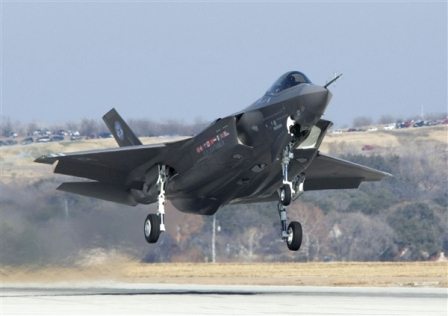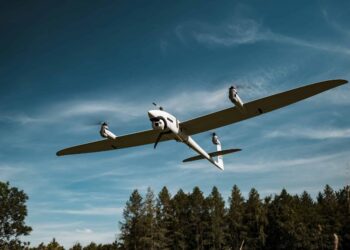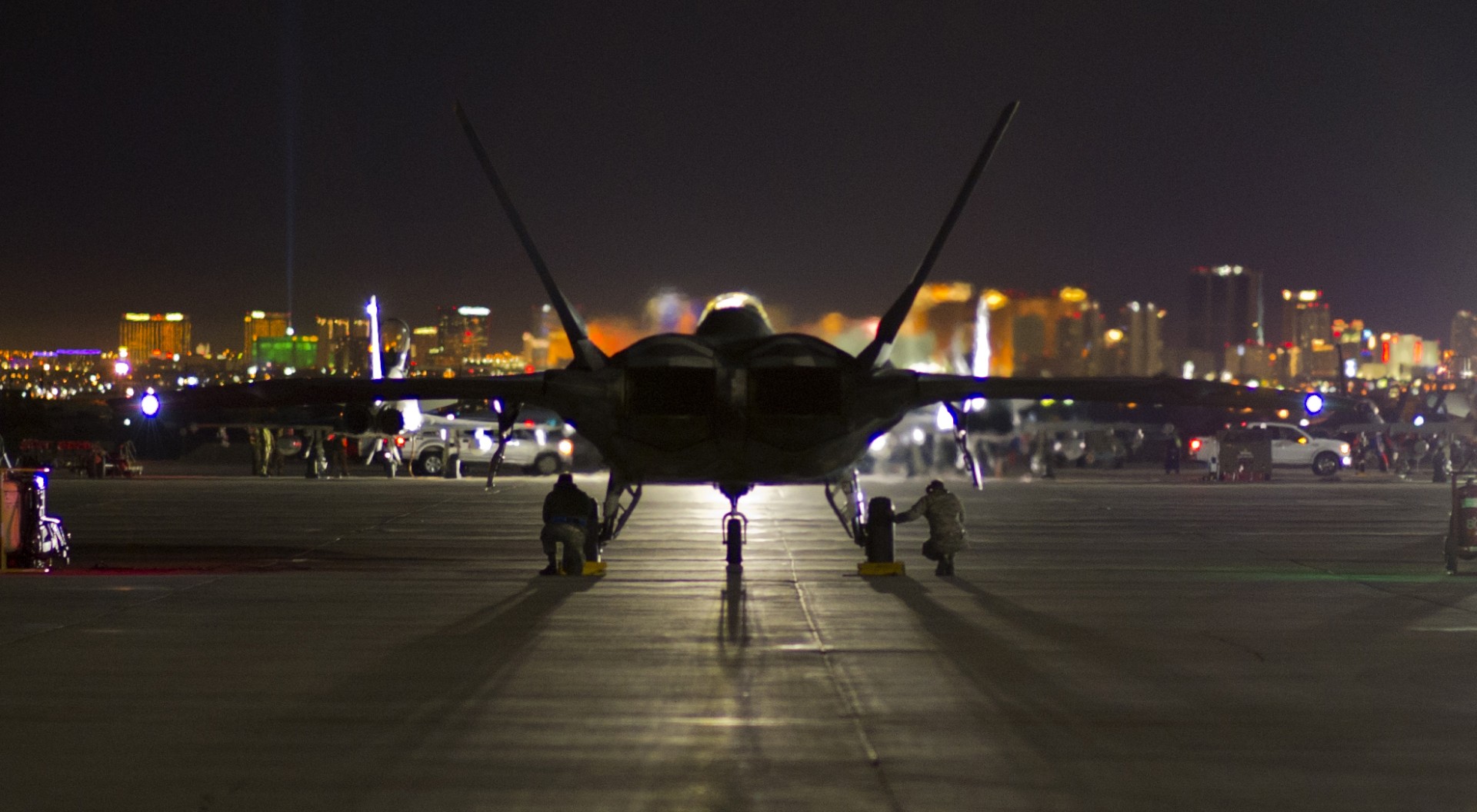Joint Strike Fighter (JSF) restructuring continues into a third year, adding to cost and schedule. Since June 2010, the total cost estimate increased about $15 billion, $5 billion for development and $10 billion for procurement. There will likely be additional changes when the Department of Defense (DOD) approves a new program baseline, expected soon.
The Department is expected to soon approve a new acquisition program baseline that will likely make further changes in cost and schedule. This decision, critical for program management and oversight, has been delayed several times and it has now been 2 years since the Department announced that the JSF program had breached the critical cost growth statutory thresholds and that a new baseline would be established.
Compared to the current approved baseline from 2007, total costs have increased about $119 billion, full-rate production has been delayed 5 years, and initial operational capability dates are now unsettled because of program uncertainties.
While the total number of aircraft the U. S. plans to buy has not changed, DOD has for 3 straight years reduced near-term procurement quantities, deferring aircraft and costs to future years.
Since 2002, the program has reduced aircraft procurement quantities through 2017 by three-fourths, from 1,591 to 365. As the program continues to experience cost growth and delays, projected annual funding needs are unprecedented, averaging more than $13 billion a year through 2035.
Most of the instability in the program has been and continues to be the result of highly concurrent development, testing, and production. Overall performance in 2011 was mixed as the program achieved 6 of 11 primary objectives. Developmental flight testing gained momentum and is about one-fifth complete with the most challenging tasks still ahead.
The program can expect more changes to aircraft design and manufacturing processes. Performance of the short takeoff and vertical landing variant improved this year and its “probation” period to fix deficiencies was ended early, even though several fixes are temporary and untested.
Management and development of the more than 24 million lines of software code continue to be of concern and late software releases have delayed testing and training. Development of the critical mission systems that give the JSF its core combat capabilities remains behind schedule and risky.
To date, only 4 percent of the mission system requirements for full capability has been verified. Testing of a fully integrated JSF aircraft is now expected in 2015 at the earliest. Deficiencies with the helmet mounted display, integral to mission systems functionality and concepts of operation, are most problematic. DOD is funding a less-capable alternate helmet as a back-up.
The autonomic logistics information system, a key ground system for improving aircraft availability and lowering support costs, is not yet fully developed.
Cost overruns on the first four annual procurement contracts total more than $1 billion and aircraft deliveries are on average more than one year late. Officials said the government’s share of the cost growth is $672 million; this adds about $11 million on average to the price of each of the 63 aircraft under those contracts.
In addition to the overruns, the government also incurred an estimated $373 million in retrofit costs on produced aircraft to correct deficiencies discovered in testing. The manufacturing process is still absorbing a higher than expected number of engineering changes resulting from flight testing, which makes it difficult to achieve efficient production rates. Until engineering changes are reduced, there are risks of additional cost overruns and retrofit costs.
The program now estimates that the number of changes will persist at elevated levels through 2019. Even with the substantial reductions in near-term procurement quantities, DOD is still investing billions of dollars on hundreds of aircraft while flight testing has years to go.
[Download not found]










